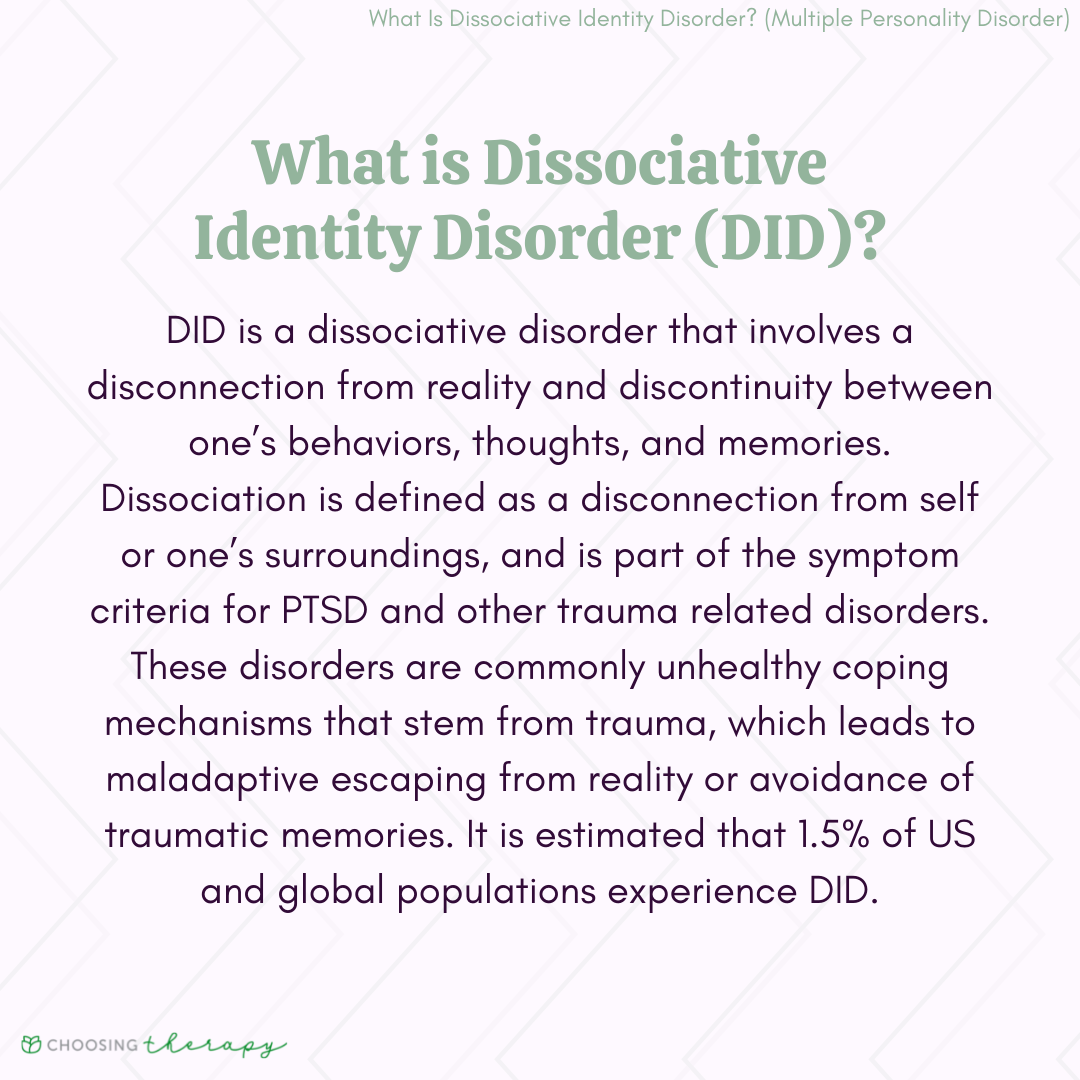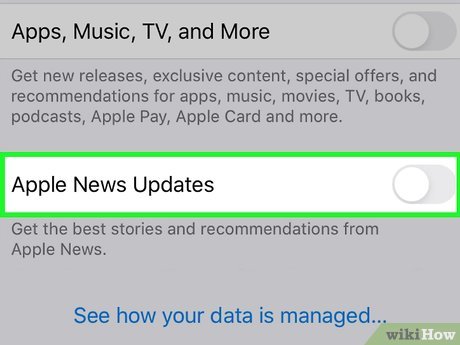Is Technology Making Us Lazy? Exploring the Truth and Solutions
Introduction
Technological progress has transformed nearly every aspect of daily life, offering unprecedented convenience, automation, and instant access to information. Yet, as digital tools become more integral to work, learning, and entertainment, many wonder: Does technology make people lazy? This article explores how technology can contribute to laziness, the underlying mechanisms, real-world consequences, and practical steps to maintain personal productivity and independence.
How Technology Can Foster Laziness
Technology’s promise of efficiency and convenience is undeniable, but several factors contribute to increased laziness:
Sedentary Lifestyle
The proliferation of digital entertainment, social media, and streaming platforms has led to a rise in sedentary behavior. Rather than engaging in physical activity or outdoor recreation, many spend hours in front of screens. This shift has contributed to health risks such as obesity, cardiovascular disease, and muscular weakness. According to BBNTimes, “the rise of digital entertainment, social media, and streaming platforms has led to a decrease in physical activity” [1] .
Dependence on Automation
Automation has streamlined everyday tasks-from robotic vacuum cleaners to smart home assistants-but this ease can reduce opportunities for manual labor and critical thinking. Increasing reliance on automated solutions can compromise the ability to solve problems independently or perform basic tasks without technological assistance. BBNTimes notes, “with the advent of robotic vacuum cleaners, self-driving cars, and voice assistants, individuals no longer need to engage in manual labor or even think critically about certain tasks” [1] .
Reduced Mental Effort
Digital tools manage schedules, perform calculations, and correct writing, often at the expense of personal cognitive development. For example, calculators handle complex mathematics, alarms and notifications manage deadlines, and GPS eliminates the need for navigation skills. OnDemandGroup reports, “dependence on automation and digital tools reduces mental effort. It may even affect our abilities to solve complex problems and perform tasks independently without technology” [2] .
Compromised Critical Thinking and Decision-Making
The rapid transfer of information through videos and games can diminish imagination and analytical capacity. Many become passive recipients, which, according to research at UCLA, “could lead to a generational decline in cognitive abilities and critical thinking skills” [2] .
Research Findings: The Reality Behind the Claims
Several studies have examined technology’s impact on laziness and cognitive decline:

Source: gyngenyeestudyquizz.z14.web.core.windows.net
- Behavioral Studies : Experiments indicate a clear increase in technological reliance, especially in educational and professional settings. One paper concludes, “from the experiments and studies done on today’s technologies, it is clear that yes, technology has made us lazy” [3] .
- Brain Function : According to Dr. Tracy P. Alloway, “digital technology does change the way your brain works,” with efficiency sometimes leading to underutilization of mental faculties [3] .
- Artificial Intelligence (AI) : A 2023 study found that “AI significantly impacts the loss of human decision-making and makes humans lazy,” with 68.9% of surveyed students reporting increased laziness due to AI integration [5] .
Real-World Examples
Consider these everyday scenarios where technology can promote laziness:
- In workplaces, staff rely on automated scheduling and project management tools, sometimes neglecting personal time management skills.
- Students use online resources for quick answers, bypassing deeper research and critical analysis.
- Home automation (robotic vacuums, smart appliances) reduces physical chores, making manual skills less necessary.
Potential Challenges and Solutions
Addressing technological laziness requires conscious effort. Key challenges include:

Source: es.learniv.com
- Over-Reliance : Excessive dependence on digital tools can erode basic skills and problem-solving abilities.
- Health Risks : Sedentary behavior can contribute to chronic health conditions.
- Privacy and Security : Increased use of AI may compromise personal privacy and decision-making capacity [5] .
Actionable Steps to Overcome Laziness:
- Set Technology Boundaries : Limit non-essential screen time and automate only repetitive tasks. Schedule regular breaks for physical activity.
- Engage in Manual Activities : Integrate exercise, outdoor recreation, and hands-on projects into your daily routine.
- Develop Critical Thinking Skills : Challenge yourself with puzzles, reading, and analysis beyond quick digital answers. Use technology as a supplement, not a replacement for thought.
- Balance Automation with Skill-Building : For every automated task, practice the manual equivalent when possible-such as navigating without GPS or calculating without a calculator.
- Protect Privacy : Be mindful of the data shared with AI-powered platforms. Review privacy settings and seek guidance from official privacy advocacy organizations.
Alternative Approaches to Technology Use
Not all technology use leads to laziness. When applied thoughtfully, digital tools can foster creativity and learning. Consider these alternatives:
- Active Learning Platforms : Use educational apps that encourage interaction, exploration, and problem-solving.
- Fitness Technology : Leverage wearable devices to track physical activity, set goals, and motivate healthier habits.
- Productivity Apps : Choose tools that enhance planning and facilitate collaboration, but avoid those that replace essential mental or physical effort.
Step-by-Step Guidance to Maintain Productivity
- Assess Your Technology Use : Reflect on which devices and apps you rely on most. Identify areas of overuse and opportunities to re-engage with manual skills.
- Set Personal Goals : For each area of life-work, learning, health-set goals that require both digital and non-digital effort.
- Seek Balance : Alternate between digital tasks and hands-on activities. Use reminders to step away from screens and engage in movement or creative pursuits.
- Stay Informed : Read current studies and expert opinions on technology’s impact on productivity and health. Refer to official health agencies or technology advocacy groups for recommendations. For specific guidance on privacy and security, consult organizations such as the Electronic Frontier Foundation (EFF) or your country’s data protection authority.
- Encourage Community Engagement : Participate in local clubs, sports, or volunteer activities that foster direct human interaction and skill development.
Key Takeaways
While technology brings remarkable benefits, unchecked use can foster laziness and reduce both physical and mental effort. By establishing boundaries, engaging in manual activities, and balancing automation with skill-building, individuals can harness technology’s advantages without sacrificing productivity or independence. For further information, search for official resources on digital wellness, privacy protection, and skill development from recognized organizations and government agencies.
References
- [1] BBNTimes (2023). How Technology Makes People Lazy: Exploring the Impact of Technological Advancements on Human Productivity.
- [2] OnDemandGroup (2024). Is Technology Making Us Lazy? The True Impact on Productivity and Innovation.
- [3] Carr Research Paper (2023). Is technology making us lazy?
- [4] PubMed (2023). Impact of artificial intelligence on human loss in decision-making, laziness, and privacy concerns.
- [5] PMC (2023). Impact of artificial intelligence on human loss in decision-making, laziness, and privacy concerns.
MORE FROM oncecoupon.com













